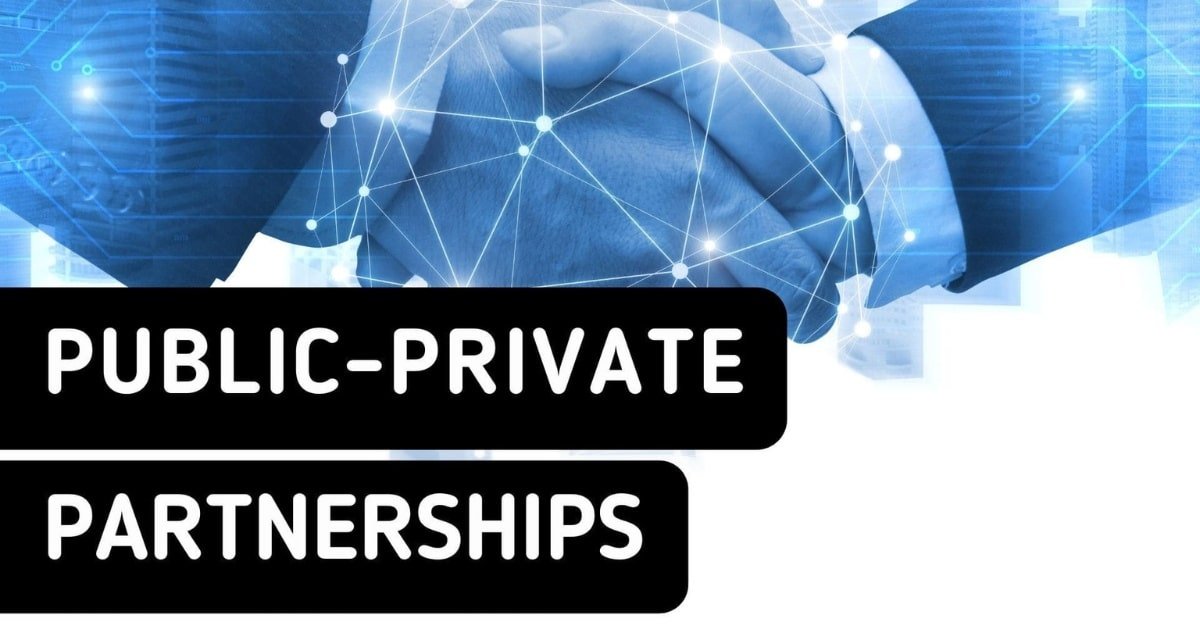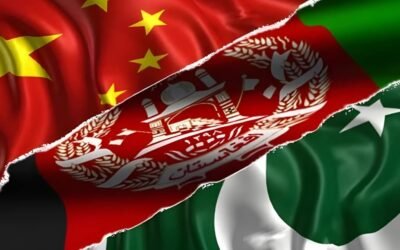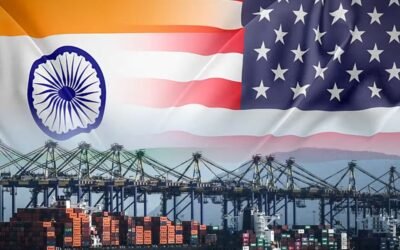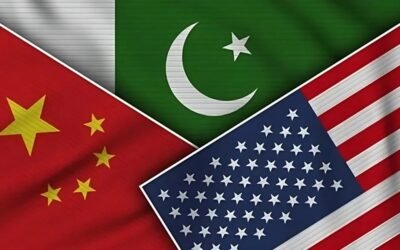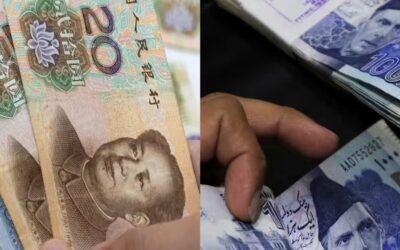Introduction: Working Together for Better Services
Pakistan faces numerous challenges with its roads, schools, and public services. Roads are crowded, schools don’t have enough money, and many services don’t work well. One solution being discussed is called Public-Private Partnerships (PPPs). This means the government works with private companies to complete big projects. The Planning Commission of Pakistan says that this kind of teamwork could help fix many problems without putting all the costs on the government. While this idea is common in other countries, it’s still developing in Pakistan. But many experts believe it’s a smart way to improve public services.
Why the Old System Isn’t Working Anymore
In the past, Pakistan built roads and schools using government money, foreign loans, or aid. But this method caused many problems like delays, high costs, and unfinished projects. A 2024 report said that over 1,200 projects funded by the government are still not finished. The central government often makes plans without asking local people, which leads to poor results. On the other hand, PPPs bring in clear deadlines, shared responsibility, and better planning. Countries like Turkey and Vietnam have shown that these partnerships can finish projects faster and more effectively.
This is the power of Public Private Partnership (3P) 💯💯
Rs307Bn Hyderabad Sukkur motorway will be built with only Rs9.5Bn contribution from Govt of 🇵🇰🇵🇰
Over 25 years, NHA will earn Rs408Bn fee & national exchequer will get approx Rs908Bn in corporate taxes
Due to… pic.twitter.com/RRy7h2yQhs
— Abdul Rehman Najam (@AbdulRehman0292) June 6, 2023
Rules and Laws for PPPs in Pakistan
Pakistan has made special laws to help PPPs work properly. Provinces like Punjab and Sindh also have their own PPP rules. The website pppa.gov.pk shares updates on projects and shows how decisions are made. These laws help investors feel safe and ensure the public can check if things are fair. However, experts say that some provinces are not implementing these rules as effectively as others.
You May Like To Read: The Inflation Fight: What the Government’s Latest Relief Package Really Means for You
Schools: A Joint Effort to Help Students
Schools in Punjab and Sindh are already using PPPs to reach more children. The Punjab Education Foundation (PEF) and Sindh Education Foundation (SEF) work with private schools and NGOs to run schools in far-off places. The government pays for costs, and private groups manage the schools. As of 2023, more than 2.7 million students in Punjab are studying in such schools. Some people worry about the quality, but reports show students have better attendance and test results than in many government schools.
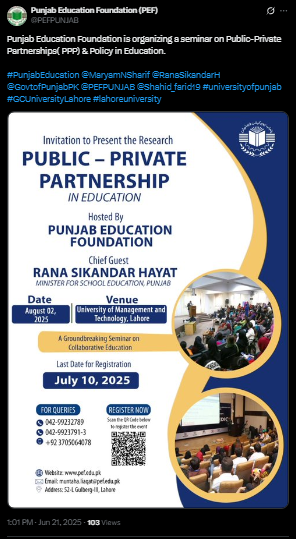
Source: X/@PFTPPUNJAB
Health Services: New Ways to Reach the Public
PPPs are also helping in the health sector. In Sindh, a program called People’s Primary Healthcare Initiative (PPHI) runs over 1,200 health centers with help from private partners. These centers are open all day and night and help reduce the load on big hospitals. Punjab is also trying new ideas like using private companies for hospital waste and diagnostic services. According to the Sindh Health Department, fewer mothers are dying during childbirth in areas where PPHI centers work. This shows that public-private teamwork can lead to real health benefits.
Saving Money and Doing More
One big reason the government likes PPPs is that they save money. Instead of paying everything at once, the government can use private money and pay later. The World Bank says that good PPP deals can lower costs. Pakistan’s Fiscal Risk Guidelines 2021 also suggest using PPPs where possible. But not all deals go well. In the case of the Karachi Circular Railway, a poorly planned PPP led to hidden costs. The success of a PPP depends on having clear contracts and strong results.
Challenges and Concerns
Even though PPPs have benefits, they come with risks too. Some people worry about unfair bidding, political misuse, and long-term financial problems. For example, the Rawalpindi Ring Road project faced issues like land scams. If these projects aren’t watched closely, they can help only a few rich people instead of the public. That’s why it’s important for media, civil society, and parliamentary committees to check how PPPs are run. Making sure services stay fair and helpful for everyone is an ongoing challenge.
You May Like To Read: How the US-China Rivalry Is Blocking South Asia’s Economic Future
Lessons from Other Countries
Other countries have successfully used PPPs to solve similar problems. India, the Philippines, and Rwanda have improved waste management, water supply, and low-cost housing through these partnerships. India uses a model called the Hybrid Annuity Model (HAM) to build roads more safely and quickly. Rwanda’s health system is also getting better with help from PPPs. Pakistan can learn from these countries by taking good ideas and changing them to fit our own needs and conditions.
Conclusion: Moving Forward Together
Public-private partnerships won’t fix everything, but they can help Pakistan solve big problems in roads, schools, and health. These projects work best when they are open, fair, and well-planned. Pakistan needs to build stronger systems and rules so that PPPs help the people, not just private companies. If done right, PPPs can become a powerful tool where the government and private sector work as a team to improve life for everyone.

